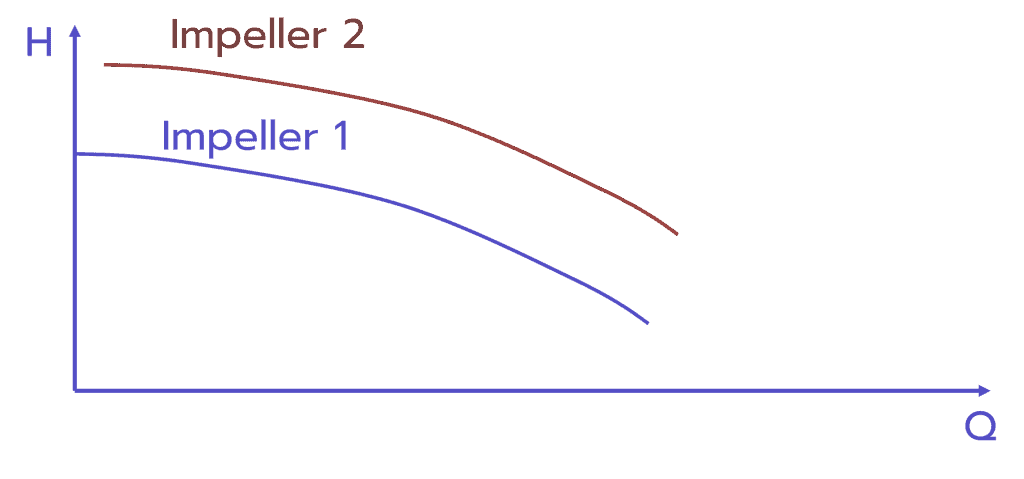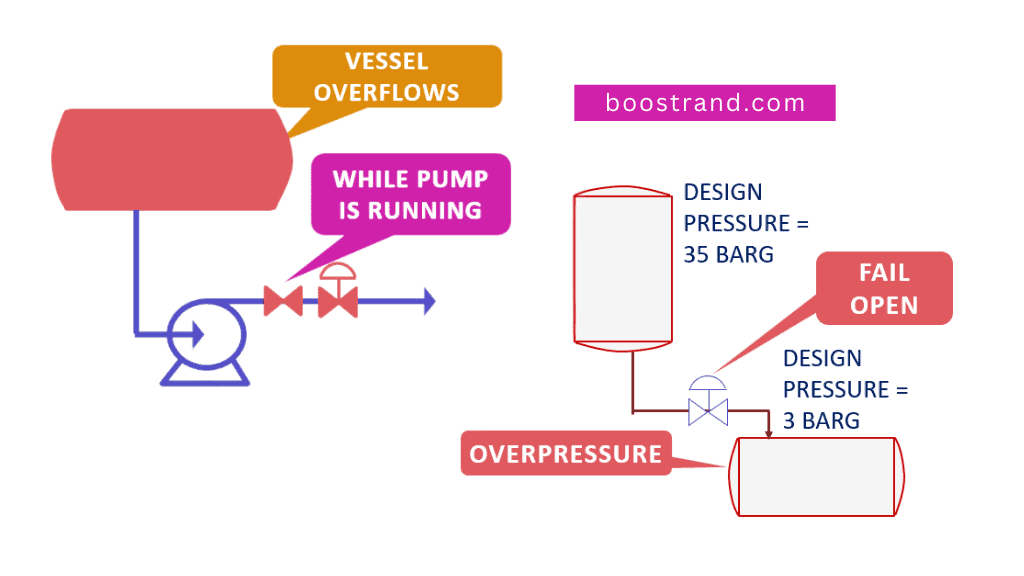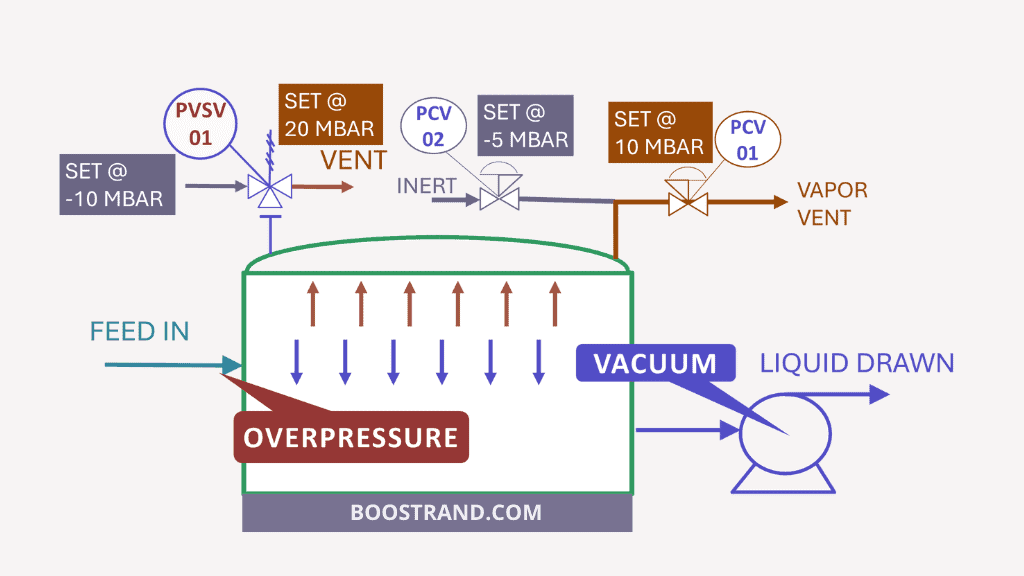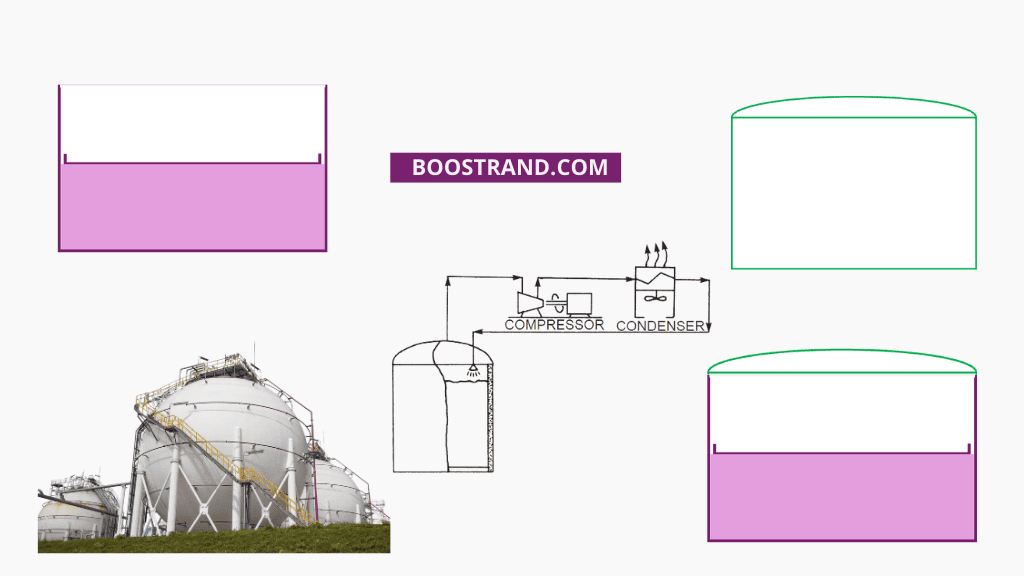Introduction
Pumps are an essential component of many industrial processes. They are used to transfer fluids from one location to another, and their performance is critical to the efficiency and safety of the process. When the operating conditions of a pump change, it can have a significant impact on the pump’s performance. In this article, we will explore how changes in fluid density can affect pump performance.
You can watch the content of this article in the below video, or you can skip the video and continue reading:
How Fluid Density Affects Pump Performance
Fluid density is a critical factor in pump operation. When the fluid density changes, it can affect the pump’s performance in several ways. Let’s explore these effects in detail:
Pump Available NPSH
Higher pump density can lead to a lower Net Positive Suction Head (NPSH) if the fluid has the same vapor pressure. In order to understand this concept, let’s show the NPSH equation:

As we see here, he static head won’t affect the NPSH if density increased as it depends on the head not the pressure. On the other hand, the available NPSH shall decrease as the fluid density increases. This can be an issue that may cause cavitation.
However, it’s worth mentioning here that increase in density is most probably due to changes in composition due to introduction of heavier components or due to decrease in temperature. Both causes shall lead to a lower vapor pressure, which shall increase the available NPSH.
Accordingly, the available NPSH should be rechecked to ensure that it is acceptable with the increase in fluid density. We have explained the pump available NPSH thoroughly with examples in our pump course.
Increased Outlet Pressure
The pump curve is a graphical representation of the pump’s performance characteristics. It shows the relationship between the pump’s flow rate and the head it generates. In our pumps course, we have talked in detail about different pump curve aspects.

As the pump curve gives a fixed head at a specific flow, the outlet pump pressure shall increase. So if fluid density increases from 600 kg/m3 to 700 kg/m3, and the pump shutoff head is 700 m, the pump shutoff differential pressure shall increase from 42 barg to 48 barg in case a valve was closed by mistake, which means that the discharge system shall be subject to a higher pressure.
Shall the discharge system withstand this new pressure? An excessive pump shutoff pressure can cause overpressure in the discharge system and can lead to huge impact during project execution.
If the fluid density increases, the pump’s head will remain the same, but the pressure will increase. This is because pressure is a function of head and fluid density as per the famous equation P=ρ gh.
Process Engineering Masterclass
Become a Professional Process Engineer, discover process engineering career, role, activities and common practices with access to most of the courses here.
Increased Power Consumption
The pump’s power consumption is directly proportional to the fluid density. When the fluid density increases, the pump’s power consumption will increase as well as we are dealing with a heavier fluid.
In your case, the pump horsepower shall increase by 15%. It is important to ensure that the motor power can withstand the increase in required power. If the motor power is insufficient, it can lead to reduced efficiency, increased noise, and damage to the motor.
Increased Pressure Drop
When the fluid density changes, it shall affect the pressure drop at both the pump suction and pump discharge lines. A higher fluid density will result in a higher pressure drop in both piping. So how shall this affect the pump?
When talking about the suction line, a higher pressure drop shall lead to less available NPSH, which can lead to pump cavitation.
On the other hand, a higher pressure drop in the discharge line would lead to a higher required pump head, which can lead to a reduced flow.
What can we do?
Impeller Change
If the pump curve is not suitable for the new operating conditions, it may be necessary to change the pump impellers. This will help to ensure that the pump can deliver the required flow and head. At a higher impeller, the pump shall give a different curve with a higher head.

Limiting Pump Capacity
If the motor power is insufficient to meet the new operating conditions, it may be necessary to limit the pump capacity. This is most probably applied through mechanical solutions such as reducing the number of stages if we are dealing with multi-stage pumps.
Conclusion
Fluid density is highly critical in pump operation, and a significant change in the fluid density may cause severe issues to the pump and to the pumping system. This means that hydraulic calculations and motor power calculations should be carried out to check if the system can withstand the new conditions. In summary, when the fluid density changes, it can affect the pump’s performance in several ways, including cavitation, increased outlet pressure, increased power consumption, increased pressure drop, impeller change, and limiting pump capacity. By understanding these effects, you can take the necessary steps to ensure that your pump operates efficiently and safely.
Start your Career
Access Process Engineering Introduction Course
Share this:
[…] creation of a PFD is typically based on the output of process simulation software. We have discussed plant simulation’s role in a project in the previous article. In a nutshell, process simulation involves using specialized software to model and analyze the […]


